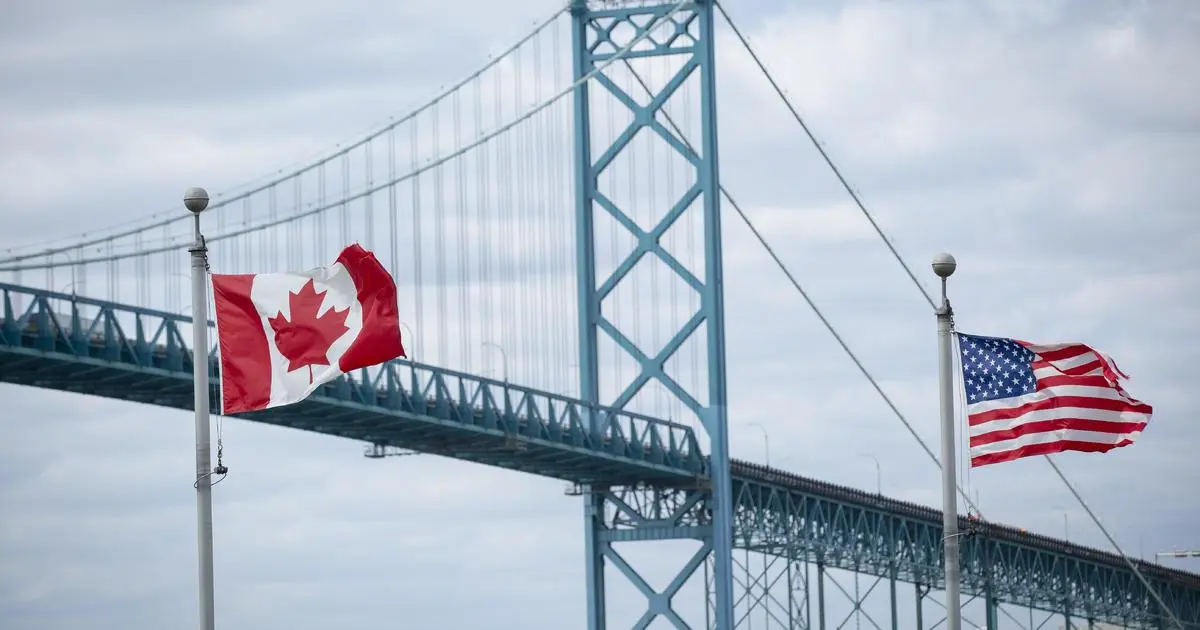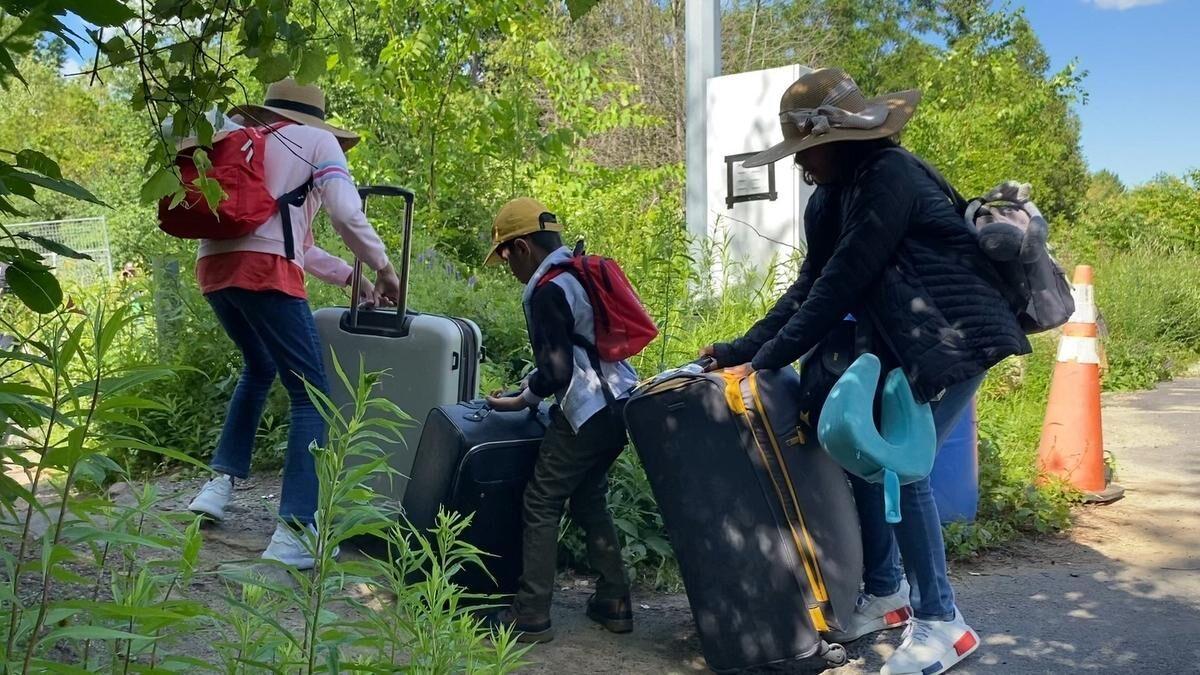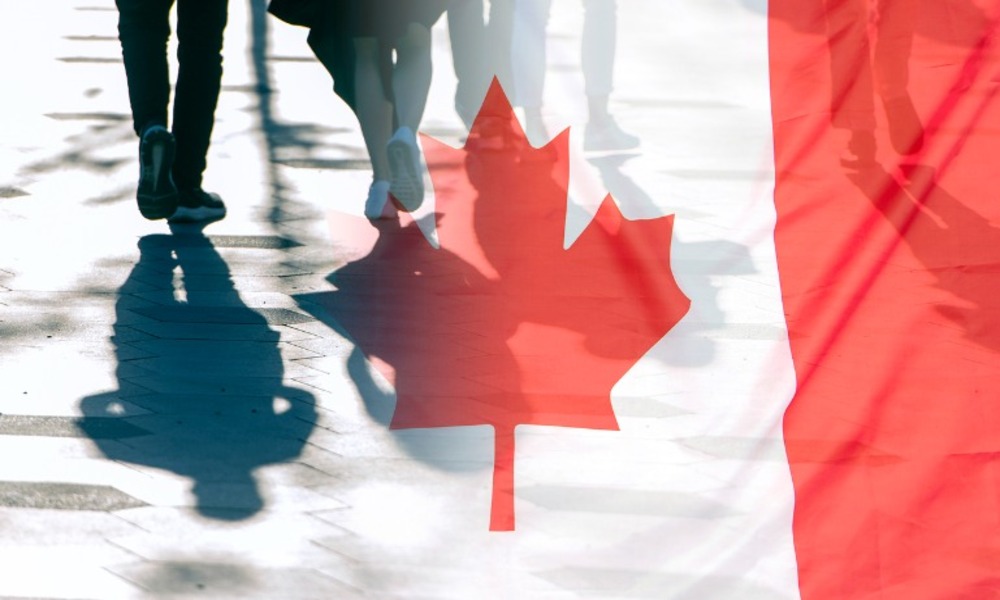News
Canada Supreme Court Maintained A Bilateral Immigration Agreement To Send Asylum Seekers Back

(CTN NEWS) – On Friday, Canada’s Supreme Court maintained a bilateral immigration agreement that states that asylum applicants must submit an application in the country they first enter.
In an effort to reduce the number of people seeking asylum at the shared border, the Safe Third Country Agreement between the United States and Canada from 2002 states that migrants who go to an authorized Canadian crossing are sent back to the United States and instructed to apply there.
The contract was found legal by the supreme court.
Justice Nicholas Kasirer’s decision stated that “in my opinion, the record does not support the conclusion that the American detention regime is fundamentally unfair.”
On behalf of a number of applicants, including an Ethiopian Muslim woman who was detained after attempting to enter Canada from the U.S., the Canadian Council for Refugees challenged the legitimacy of the 2002 agreement.
Lawyers argued that many asylum seekers are not truly safe in the United States and requested the top court to rule that the legislation supporting the agreement breaches their right to life, liberty, and security.
Prior to a new arrangement announced in March, those who enter Canada at a location other than a port of entry, such as the facility on Roxham Road, were permitted to stay and request protection.
Through a gap that was addressed by that agreement, hundreds of immigrants seeking refuge were able to use back roads between New York state and Quebec, Canada. The decision also upholds the closure of that gap.
Canada’s Roxham Road
Less than five miles (8 kilometres) from the official border crossing, the Royal Canadian Mounted Police run a receiving centre to handle the influx of migrants who have been entering Canada illegally on Roxham Road near Champlain, New York, since early 2017.
Asylum seekers without citizenship in the United States or Canada, however, will be deported if they are apprehended within 14 days of crossing any point along the 3,145-mile (5,061-kilometer) border. This includes Roxham Road pedestrians.
President Joe Biden of the United States and Prime Minister Justin Trudeau of Canada came to an agreement in March as the U.S. Border Patrol responded to a sharp rise in unauthorised southbound crossings along the open Canadian border.
Although fewer people cross the border illegally into the United States from Canada than from Mexico, there have been fatalities among those who attempted to do so on the Canadian side of the border.
According to Karen Musalo, director of the Centre for Gender & Refugee Studies in San Francisco, “by no objective assessment” can the U.S. be called secure for asylum seekers, making it difficult to understand how the Canadian high court came to its conclusion.
The statement said that “the Biden administration has embraced policies that deny refugees their right to seek protection, ultimately leading to their unlawful return to nations where they face persecution and torture.”
Seeking Refuge in Canada
Amnesty International claims that the updated agreement makes it even riskier and unfair for persons seeking asylum in Canada.
People from all around the world who seek asylum in Canada may be running away from persecution, violence, conflict, or other human rights violations.
Canada has a well-established programme for resettling refugees and a system for evaluating and handling refugee applications.
The Process For Seeking Refuge In Canada involves several steps:
- Claiming asylum: Individuals who arrive in Canada and believe they are in need of protection can make a claim for refugee status. They must prove that they have a well-founded fear of persecution based on their race, religion, nationality, political opinion, or membership in a particular social group.
- Initial assessment: The claimant’s case is reviewed by the Immigration and Refugee Board of Canada (IRB), an independent administrative tribunal. The claimant attends an interview to provide detailed information about their situation, and the IRB determines if there are reasonable grounds for the claim.
- Refugee hearing: If the claimant’s case passes the initial assessment, a refugee hearing is scheduled. The claimant presents their case and provides evidence supporting their claim for refugee status. The IRB considers all the evidence and makes a decision.
- Appeals process: If the claim is rejected, the claimant may have the option to appeal the decision to the Refugee Appeal Division (RAD) within the IRB. The RAD reviews the decision based on errors in law, fact, or mixed law and fact. Further appeals can be made to the Federal Court.
- Resettlement and integration: If a claim for refugee status is approved, the person is granted refugee protection and is eligible to stay in Canada. They may receive resettlement assistance, including temporary housing, financial support, and access to essential services. The government and various organizations help refugees integrate into Canadian society by providing language training, employment support, and other settlement services.
With a long history of welcoming migrants, Canada is regarded as one of the world leaders in the resettlement of refugees.
To identify and prioritise vulnerable people for resettlement, the government works closely with international organisations like the United Nations High Commissioner for Refugees (UNHCR).
It’s crucial to remember that the specific guidelines and practises for resettling refugees may change over time.
It is advised to visit Immigration, Refugees and Citizenship Canada’s (IRCC) official website for the most recent and comprehensive information.
RELATED CTN NEWS:
President Vladimir Putin Confirms 1st Russian Batch Of Tactical Nuclear Weapons In Belarus
Father’s Day 2023: Origin, The Significance & How It Is Celebrated Worldwide
U.S. Senate Appointed ‘Nusrat Choudhury’ As The First Muslim Woman To Be Federal Judge































